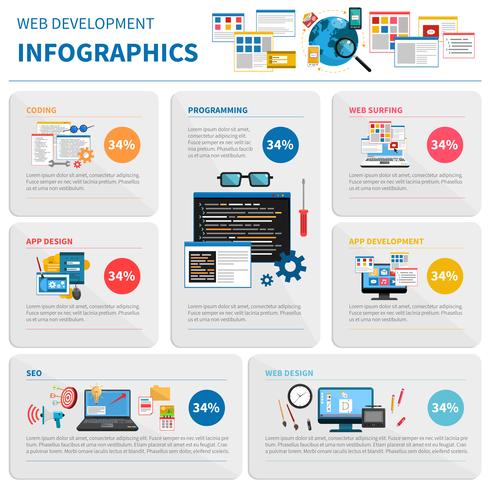Fascinated In Discovering Just How Internet Site Design Has Altered Over The Years? Check Out The Progression From Standard, Straightforward Layouts To User-Centered Techniques That Focus On The Needs And Choices Of On-Line Visitors
Fascinated In Discovering Just How Internet Site Design Has Altered Over The Years? Check Out The Progression From Standard, Straightforward Layouts To User-Centered Techniques That Focus On The Needs And Choices Of On-Line Visitors
Blog Article
Material Created By-Monroe Wren
In the past, websites were basic and focused on details. Navigation was straight, and layout was for desktop computers. Now, individual experience is crucial. Information guides layouts for easy navigating. Responsive formats fit different devices. Today, dark setting decreases strain, and minimalist menus improve navigation. Interactive features engage customers, and bold visuals stand out. AI assimilation increases involvement. See just how style has progressed to enhance your on the internet trip.
Very Early Days of Website Design
In the early days of web design, simpleness reigned supreme. Web sites were standard, with limited colors, font styles, and layouts. The emphasis was on giving details as opposed to fancy visuals. Users accessed the internet with slow dial-up connections, so rate and performance were vital.
Navigation menus were straightforward, usually situated at the top or side of the web page. website design content were developed for home computer, as mobile surfing wasn't yet common. Content was king, and designers focused on simple readability over intricate design elements.
HTML was the main coding language utilized, and designers needed to work within its restraints. Animations and interactive attributes were very little contrasted to today's requirements. Sites were static, with little vibrant content or personalized customer experiences.
Surge of User-Focused Design
With the development of internet site style, a shift towards user-focused style concepts has become progressively prominent. Today, creating sites that focus on user experience is essential for involving site visitors and accomplishing service goals. User-focused layout involves understanding the requirements, preferences, and actions of your target market to customize the web site's layout, content, and features accordingly.
Developers currently perform comprehensive study, such as individual surveys and use testing, to gather understandings and comments directly from users. This data-driven approach helps in producing intuitive navigation, clear calls-to-action, and visually appealing user interfaces that resonate with site visitors. By putting the individual at the facility of the design process, web sites can provide a much more tailored and satisfying experience.
Receptive style has also become a key aspect of user-focused design, making certain that internet sites are enhanced for different gadgets and display dimensions. This flexibility improves access and functionality, accommodating the diverse methods customers communicate with websites today. In essence, the increase of user-focused style represents a shift towards creating electronic experiences that prioritize the requirements and assumptions of the end user.
Modern Trends in Web Design
Check out the latest fads forming website design today. One noticeable pattern is dark mode design, offering a streamlined and modern-day appearance while minimizing eye pressure in low-light environments. One more vital fad is minimalist navigation, simplifying food selections and improving individual experience by focusing on essential elements. Integrating https://remingtonhcysm.spintheblog.com/30232999/wanting-to-improve-your-brand-name-s-presence-on-the-net-unlock-the-secret-to-attaining-success-in-electronic-marketing-via-professional-services-that-can-revolutionize-your-business -interactions, such as computer animated switches or scrolling impacts, can develop a more appealing and interactive internet site. Receptive style continues to be essential, making sure seamless user experiences throughout different tools. In addition, making use of strong typography and unbalanced layouts can include aesthetic passion and draw attention to specific material.
Incorporating AI innovation, like chatbots for consumer support or tailored recommendations, improves customer involvement and simplifies procedures. Availability has additionally end up being a considerable fad, with developers focusing on comprehensive design methods to cater to varied customer needs. Welcoming sustainability by enhancing website performance for rate and performance is another arising pattern in website design. Collaborating with individual feedback and data analytics to repeat and enhance design continuously is important for staying appropriate in the ever-evolving electronic landscape. By accepting these modern-day fads, you can produce an aesthetically attractive, straightforward website that reverberates with your target market.
Conclusion
As you assess the development of site design from the very early days to now, you can see how user-focused design has actually ended up being the driving force behind contemporary fads.
Welcome the journey of change and adaptation in website design, always maintaining the customer experience at the leading edge.
Stay existing with the current trends and modern technologies, and never ever quit evolving your method to produce visually sensational and straightforward web sites.
Evolve, adapt, and produce - the future of website design is in your hands.
